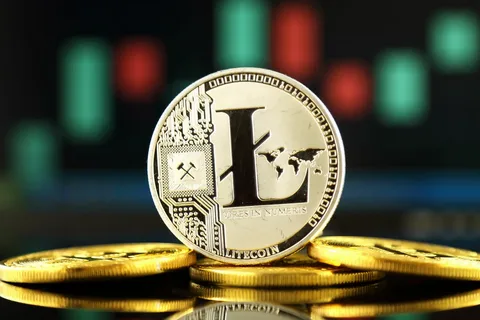The Rise of Centralized Crypto Exchanges: What’s Changed and What’s Next?
The cryptocurrency market has undergone significant transformations since its inception in 2009. From its humble beginnings as a niche market, it has grown into a global phenomenon, with a total market capitalization of over $2 trillion. A key factor contributing to this rapid growth has been the rise of centralized crypto exchanges. In this article, we will explore what has changed and what’s next for these platforms.
What are Centralized Crypto Exchanges?
Centralized crypto exchanges are online platforms that facilitate the buying, selling, and trading of cryptocurrencies, such as Bitcoin, Ethereum, and others. They act as intermediary-market-makers, connecting buyers and sellers and providing a safe, secure, and regulated environment for transactions. Unlike decentralized exchanges, which operate on blockchain technology and allow peer-to-peer transactions, centralized exchanges are intermediaries that take custody of users’ assets.
What’s Changed?
Several factors have contributed to the rise of centralized crypto exchanges:
- Scalability: Centralized exchanges have improved their scalability, allowing for higher trading volumes and faster transaction processing times. This is partly due to the development of advanced matchmaking algorithms and the incorporation of artificial intelligence (AI) and machine learning (ML) technologies.
- Regulatory Clarity: Many countries have introduced regulatory frameworks for crypto exchanges, providing a level of clarity and stability for investors. This has encouraged more people to invest in cryptocurrencies, driving up demand for centralized exchanges.
- Security: The rise of advanced security measures, such as multi-sig wallets, cold storage, and robust risk management, has reduced the risk of hacking and theft, making users more confident in storing their assets on centralized exchanges.
- Ease of Use: User-friendly interfaces, mobile apps, and educational resources have made it easier for newcomers to enter the market, leading to increased adoption.
- Partnerships and Listings: Centralized exchanges have formed partnerships with other companies and projects, allowing for a wider range of cryptocurrencies to be listed, increasing their appeal and versatility.
What’s Next?
As the crypto market continues to evolve, we can expect to see:
- Increased Competition: As more players enter the market, competition will intensify, leading to further innovations and improvements in services, security, and customer support.
- Regulatory Harmonization: Global regulations will continue to evolve, with countries seeking to streamline and standardize regulations, ensuring a more consistent and transparent environment for investors.
- Blockchain-based Trading: Centralized exchanges will incorporate blockchain technology to further improve transparency, security, and efficiency, eventually becoming more decentralized and autonomous.
- Expanding Use Cases: As the market matures, we’ll see increased adoption of cryptocurrencies in new sectors, such as:
- Cross-border payments
- E-commerce
- Loyalty programs
- Smart contracts
- Client-Centric Approach: Centralized exchanges will focus on providing a superior user experience through advanced analytics, personalized trading tools, and AI-driven recommendations.
In conclusion, the rise of centralized crypto exchanges has been driven by improvements in scalability, regulatory clarity, security, ease of use, and partnerships. As the market continues to evolve, we can expect increased competition, regulatory harmonization, blockchain-based trading, expanding use cases, and a client-centric approach to shape the future of these platforms. As the crypto landscape continues to transform, investors and traders will benefit from the increasing adoption and legitimation of cryptocurrencies.

